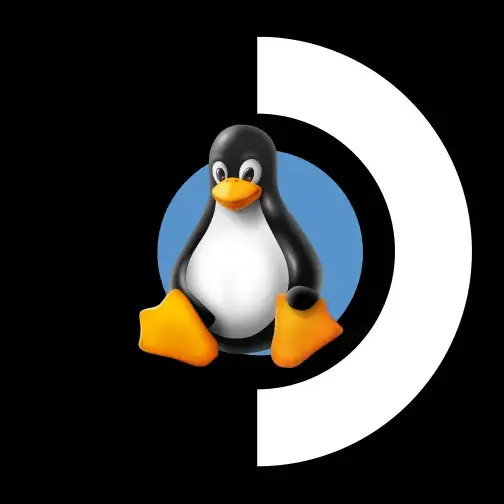I really like using the PopShell extension on Gnome. I’m hoping it doesn’t die out when Pop moves to their new Cosmic DE. So far I still prefer Gnome.
- 0 Posts
- 99 Comments

 1·3 months ago
1·3 months agoThank you. It looks like this is sort of working in that I can get the additional buttons to show up in Steam now but I’m hitting what I think is a bug where the ‘Enable Extended Buttons’ toggle doesn’t stay enabled. After searching a bit it seems like I’m not the only one but maybe that will get worked out soon.

 1·4 months ago
1·4 months agoI have an Ultimate 2 and I haven’t been able to figure out how to do that so I can’t remap the back buttons with Steam input.
What’s the trick?

 81·4 months ago
81·4 months agoTheir controllers are amazing but the naming convention is so bad.
Definitely do not do tapes.
I’d also recommend Backblaze. Their S3 compatible storage is pretty affordable. I backup to a Kopia repo and then replicate to Backblaze nightly.
Tapes require so much more work to keep up to date and mght not even be cheaper over time.

 5·4 months ago
5·4 months agoI miss the era around the release of Android 4 where there were all sorts of interesting 10" Android tablets coming out.
Fast storage is one of the cheapest components of modern PCs so I’m always surprised when Flatpak file size is brought up. It’s not something I worry about very much.

 5·4 months ago
5·4 months agoI use GarHAge which uses open hardware and software and was pretty easy and cheap too. https://github.com/marthoc/GarHAge

 3·5 months ago
3·5 months agoConsider buying used hardware from an office. Lots of places sell used gear for dirt cheap. A used office desktop with a used GPU from the last 3 years or so would be a massive upgrade without spending much.
Steam Deck is still a good deal for what it is though, but I wouldn’t use it as a primary workstation.

 7·5 months ago
7·5 months agoNo amount of preparation or warning can prepare you for the sight that is JD Vance’s massive hate-filled titties.

 7·5 months ago
7·5 months agoOn a handheld? Probably depends how much you use it outside game mode and what you do with it.
On a desktop? No. It’s not intended to be a fully functional desktop OS.

 47·6 months ago
47·6 months agoIf you’re playing BotW I’d recommend emulating the Wii U version using Cemu. Performance is way better overall but you’ll still need to enable a 60fps mod.

 191·7 months ago
191·7 months agoThese days 8BitDo controllers are superior to first party Xbox controllers and sold for cheaper.

 3·7 months ago
3·7 months agoThe updated fluid mechanics are a lot more forgiving and basically have infinite throughput. It’s still a whole new layer of complexity but doesn’t have nearly as many confusing limitations as it used to.

 8·7 months ago
8·7 months agoBravely running away is the quintessential FromSoft experience. The ultimate flex on enemies is to not even bother attacking them and just rolling to dodge occasionally while you grab items and run past them to the next checkpoint.

 2·8 months ago
2·8 months agoThis is my exact concern.
If I pay for the lifetime pass now, what’s to stop them from restricting even more features behind new types of subscriptions and paywalls. “We’re adding back the ‘Watch Together’ feature but it requires a Platinum Plex subscription and will not be a part of Plex Lifetime Pass users.”
Seems kind of inevitable honestly.

 3·8 months ago
3·8 months agoIf you mean that you are using Proton VPN on your Raspberry Pi to mask your downloading traffic, then no that same VPN will not help you access services like Jellyfin on your home network while you are remote.
Instead you’ll want to use something like Tailscale (or Wireguard). You run it as a service on your home network and it then becomes your own VPN that you (or others) can use to connect to your home network when you are remote.
You could run Wireguard on the same RaspberryPi that you use for downloading but I would recommend against it assuming that you’re running Proton VPN right on the host itself (and not inside a container).
I’m assuming your phone has to be rooted for this right? Or is docker running without root? I didn’t realize anything like this was possible. This is interesting.
This is basically how I do it too.
I used to be more creative but then I got in the habit of running more servers and swapping hardware more frequently so it got harder to remember what hardware I was actually connecting to. Now they get hardware based names and everything else is named by service-based Ansible roles.
This exactly. I’d use rsync to sync a directory to a location to then be backed up by kopia, but I wouldn’t use rsync exclusively for backups.